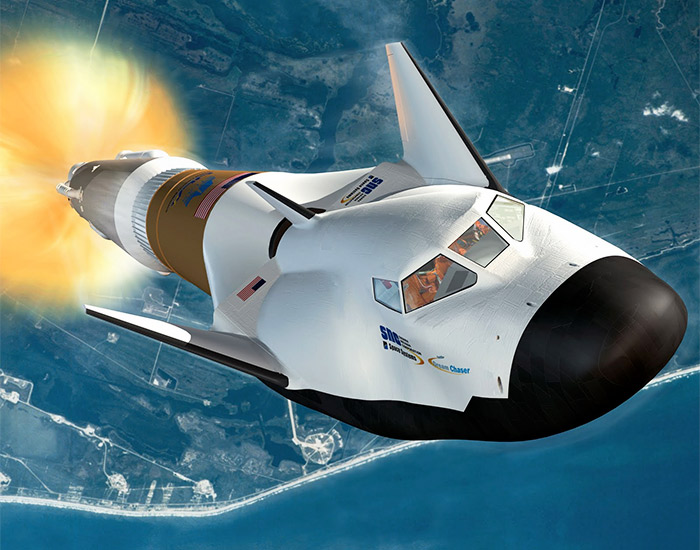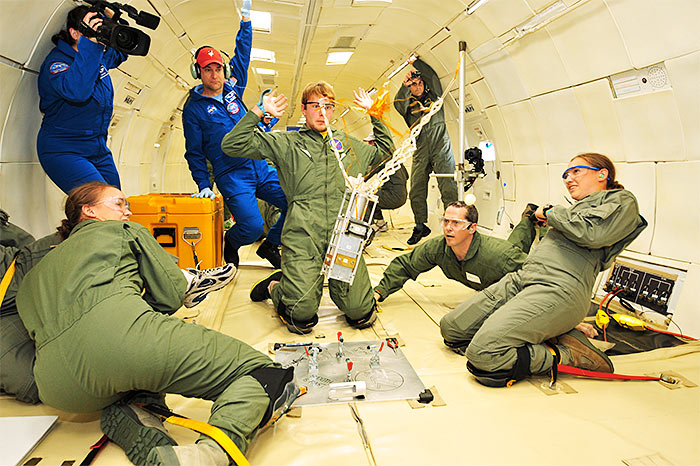The following video is a recent interview with Dr. Helen Sharman, who became Britain’s first astronaut and the first woman to visit the Mir space station in 1991. Dr. Sharman spent 8 days in space, launching aboard the Soyuz TM-12 capsule on 18 May 1991 and returning aboard Soyuz TM-11 on 26 May 1991. (Note: This is a lengthy interview, running for a bit over one hour.)
[youtube=http://www.youtube.com/watch?v=NL3a7SG-KO4&w=700]
Dr. Helen Sharman was a 26-year-old researcher studying flavor chemistry for the Mars candy company when she applied for Project Juno in 1989.
Project Juno was the first step in a gradual transition from the old paradigm of government space programs to the new paradigm of citizen space exploration. The project, which gegan in 1989, was a joint venture between the Russian government (which was seeking to reach out to the West as part of Mikhail Gorbachev’s policy of glasnost) and a consortium of private sponsors including British Aerospace, Memorex, Interflora, and ITV. By the time the flight occurred in 1991, the Russian government had taken a larger role than expected due to the consortium’s failure to raise the full amount of money that was anticipated.
One vestige of the old government paradigm can be seen in the way the astronaut candidates were treated: e.g., being involuntarily sequestered in a Russian hospital for two weeks while redundant medical tests were performed. Space medicine is an indispensable discipline which plays a necessary role in ensuring the safety of human spaceflight, but the amount of power given to flight surgeons in government space programs has been a frequent source of conflict.
Sharman and her backup, British Army Major Timothy Mace, were required to spend 18 months in Russia training for the spaceflight. This was later reduced to six months for clients of Space Adventures, which has sent citizen explorers to the International Space Station eight times since 2001.
Space Adventures has managed to wring more concessions out of the Russian Space Agency than the Juno consortium did, but those are still half measures. Truly commercial spaceflight depends on the development of commercial vehicles, which is still in progress.
Another portion of the interview worth noting is Dr. Sharman’s description of the landing incident. Such incidents have been fairly common in the Soyuz program; they are one of several data points which disprove the myth that Soyuz, unlike Shuttle, has had a 100% safety record.











